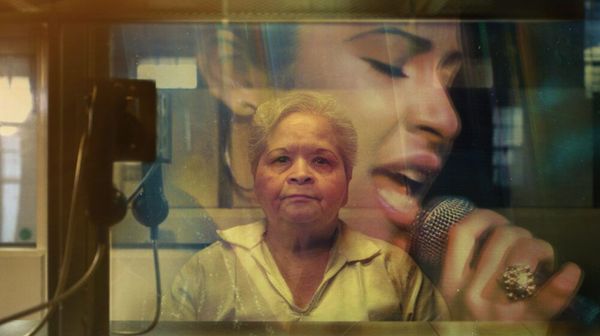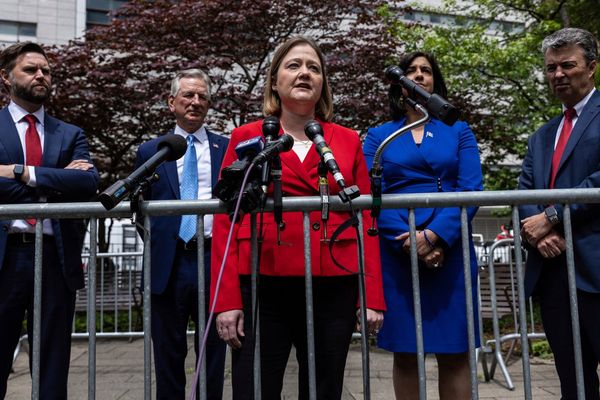
It’s no secret that we’re in the midst of an affordability crisis within the housing world. Things haven’t been the same since the start of the pandemic; home prices are high and mortgage rates are high too. For some, the thought of ever owning a home is becoming more distant, if not nonexistent.
So what do people do if they can’t buy a home? They rent one.
“When you think about the affordability crisis really playing out in the U.S. today, it is benefiting the rental market,” Morgan Stanley’s head of global listed real assets, Laurel Durkay, said in an interview with CNBC last week. She continued, referring to an earlier comment made by the anchor: “So you had said that it was moving from the American dream to a pipe dream, that does provide opportunity for rental landlords to be able to fill this affordability gap.”
Institutional investors entered the single-family rental space in the aftermath of the Great Financial Crisis because of how many homes were foreclosed upon; they bought them in bulk for cheap. And while it kept the housing market from hitting rock bottom, they benefited immensely. Years later, they’re still benefiting—only now, it’s because housing has become so unaffordable.
In the latter half of last year, Moody’s Analytics senior economist Ermengarde Jabir told Fortune, the single-family rental market is the “superstar of today and tomorrow,” for investors, that is.
Jabir explained it perfectly at the time: People want to live in a house, they want a backyard, they want to be near a good school district for their kids—and if it weren’t for the unprecedented and rapid deterioration in affordability, they might have been able to have just that. “They want the traditional American dream, they might not be able to afford it, but they can afford it via renting a single-family rental,” Jabir said.
And that doesn’t seem to have changed.
“I think the most attractive right now, taking everything into consideration, is going to be the single-family rental market,” Durkay said, in terms of investment. She added that some pockets of multifamily homes would be considered a good investment too—but because of a recent boom in multifamily construction, particularly in the Sunbelt, rents have generally flatlined, or in some instances, fallen. Rents are still considerably higher than pre-pandemic levels, but according to Capital Economics, renting will be cheaper than buying for years, especially with home prices hitting all-time highs almost every month.
When it comes to landlords, they’re more so referring to institutional landlords (also called institutional operators or institutional investors; take your pick). Durkay mentioned Las Vegas REIT American Homes 4 Rent, which she said runs about 60,000 homes and is a developer of single-family homes as well. “They were one of really the first institutional players out there to develop single-family homes exclusively for rent, and that is providing them with a multiyear runway of future growth that they’re going to be able to benefit from, and also really kind of helping this affordability crisis,” she said. “When you think about renting an AMH home, it’s actually 25% more expensive to own a home in the AMH markets.”
She didn’t delve into that further, but as Fortune has previously reported, most estimates put institutional ownership at less than 5% of single-family rentals and less than 1% of all single-family homes. However, that isn’t the whole story. For one, in Atlanta, a so-called desirable market, Wall Street owns more than 4% of all single-family homes. It could be a significant factor in rising housing costs.
Later, Durkay mentioned AvalonBay, a multifamily real estate investment trust and one of the largest apartment owners in the U.S. She said: “In AvalonBay markets, the average home price is over $800,000, so the affordability of those markets is significantly lower than what you would see nationwide…it’s about 95% more expensive to own a home in their markets than it is to rent.”
Here’s the thing: This is all great for investors and homebuilders. And while some would suggest it’s great for Americans, too, because they can rent and live in the homes they want, they’re still renting because they can’t afford to buy. Owning your own home is a core tenet of the American Dream, and in the present environment, it isn’t so cut-and-dried.







